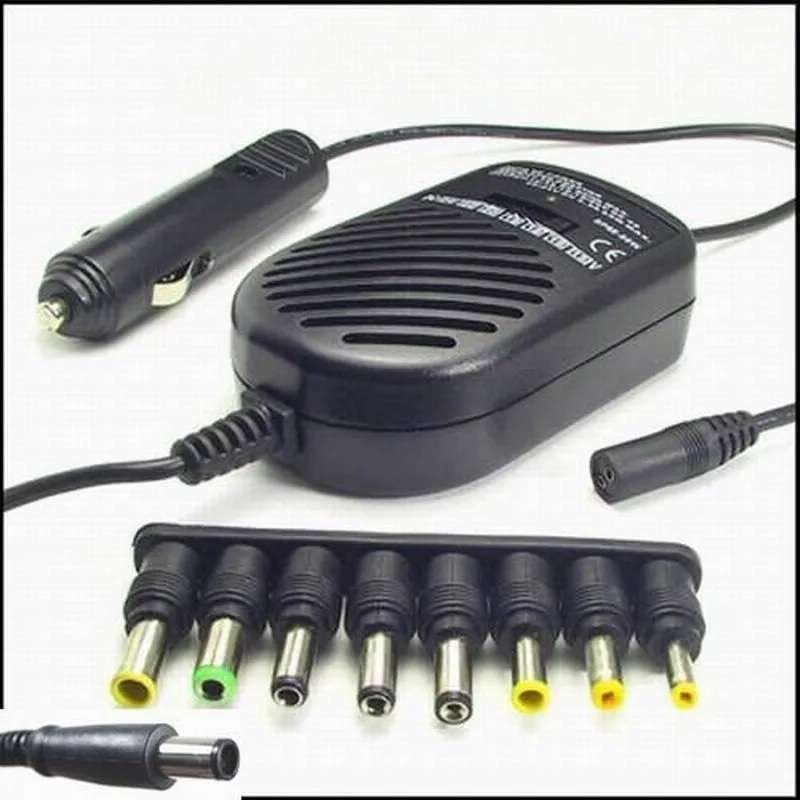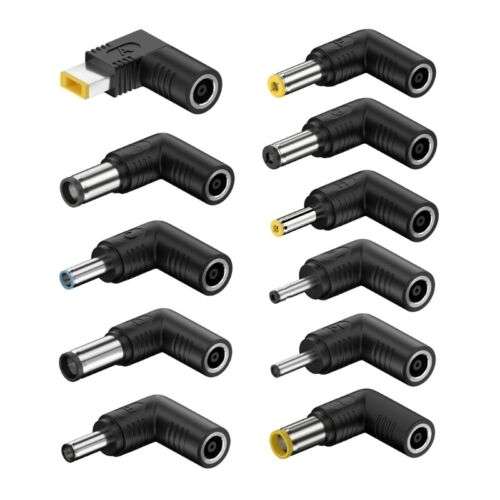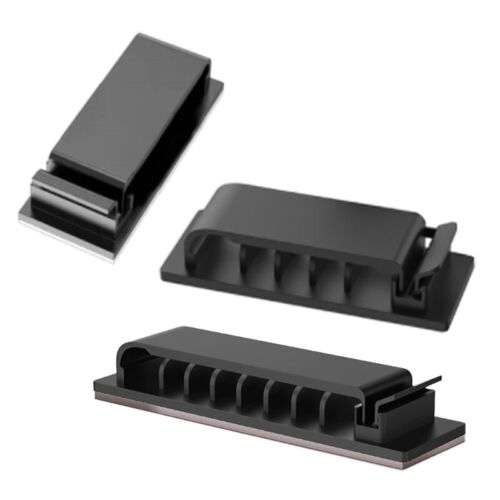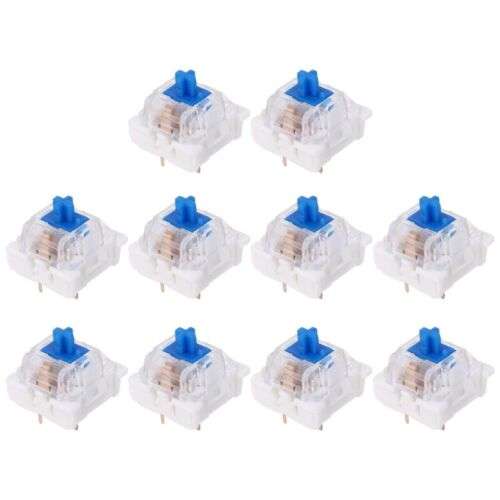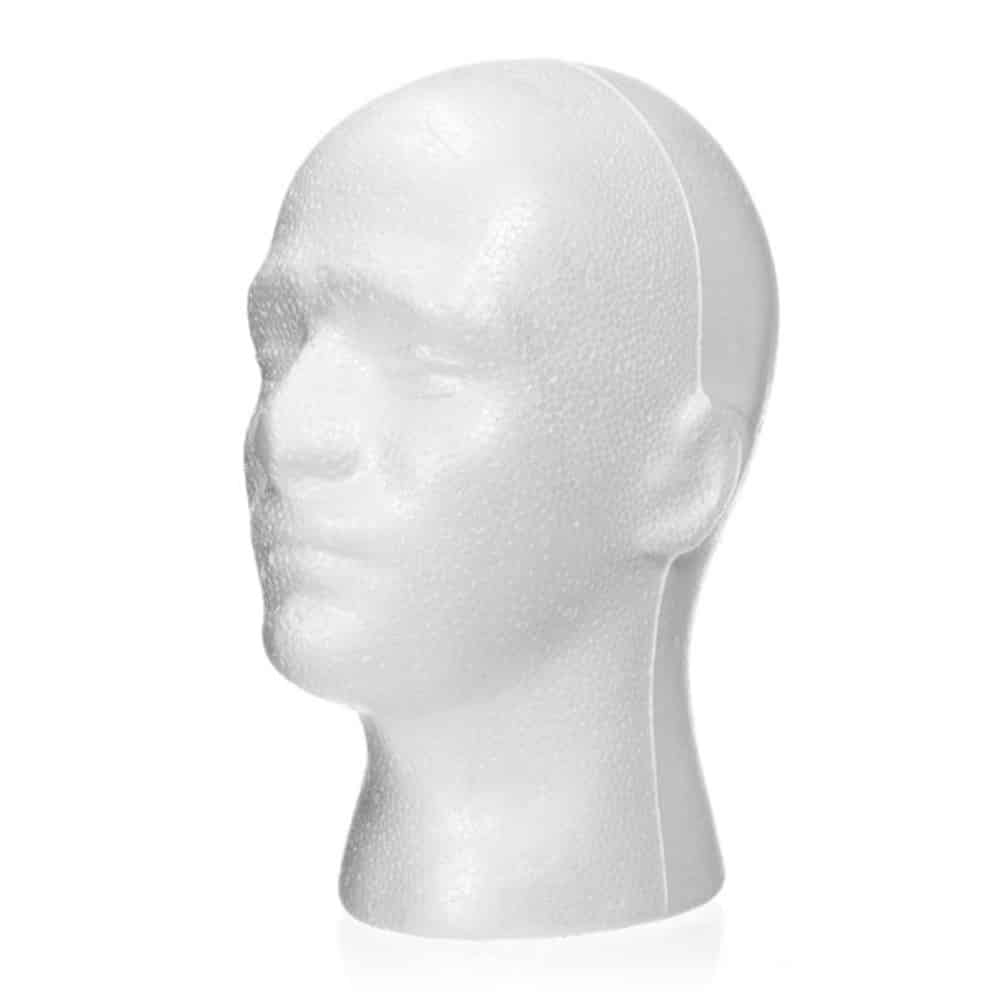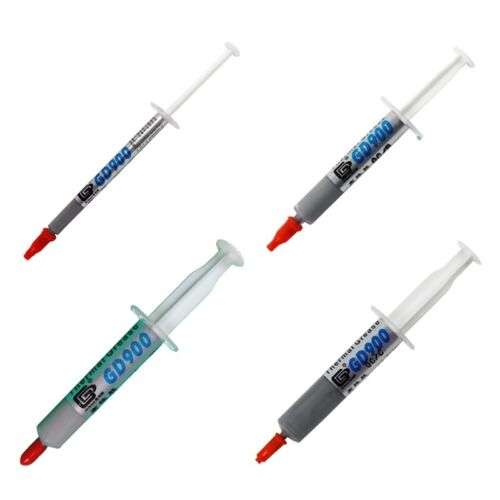




ID: 829016
SKU: 3.95E+11
Category: Computer and laptop accessories
Tags: 30days
High-Performance Thermal Paste: Maximize Heat Dissipation for Optimal Cooling
About this item:
– For CPUs, electronic components, heat sinks, LED lights, and other components requiring heat dissipation. – Features patented ceramic technology, a high thermal conductivity of 4.0 W/m-k, and a wide temperature range of -40°F to 392°F (-40°C to 200°C). – Durable, non-curing, and non-toxic. – Available in 3g, 15g, and 25g packages. – Additional features include low thermal resistance, excellent wettability, and easy application and removal.
₹1732.5
On preorder
Delivered in 30-60 days
On Pre-Order
Guaranteed Secure
- Guaranteed delivery
- Fast shipping
- PAN India shipping
- 100% Secure payment
- Regular orders dispatch in 48 Hours
- Pre-orders dispatch in 30-45 days
- Returns accepted
- Fast refund process
- 24/7 customer support
